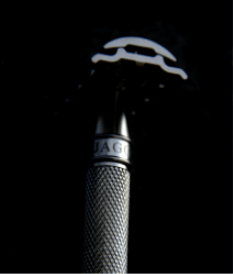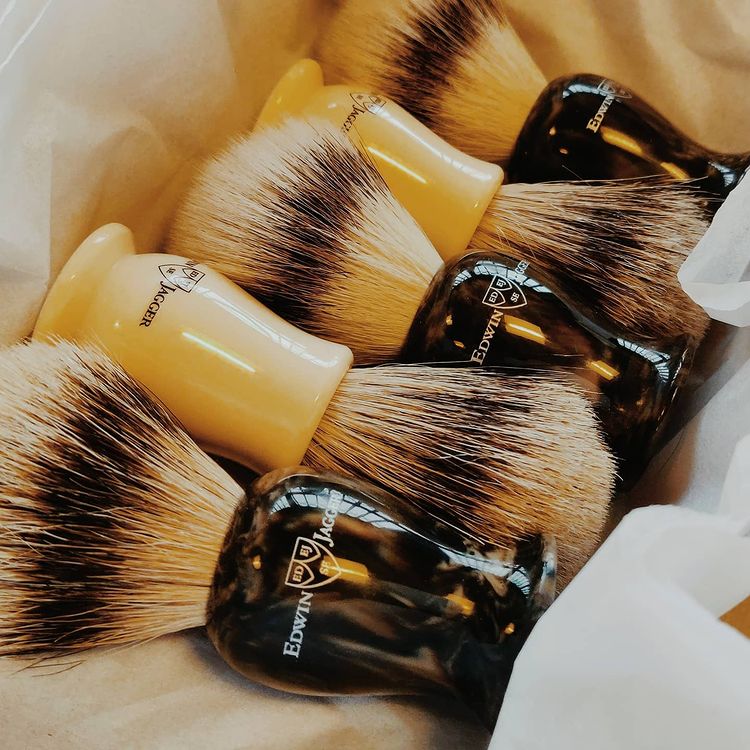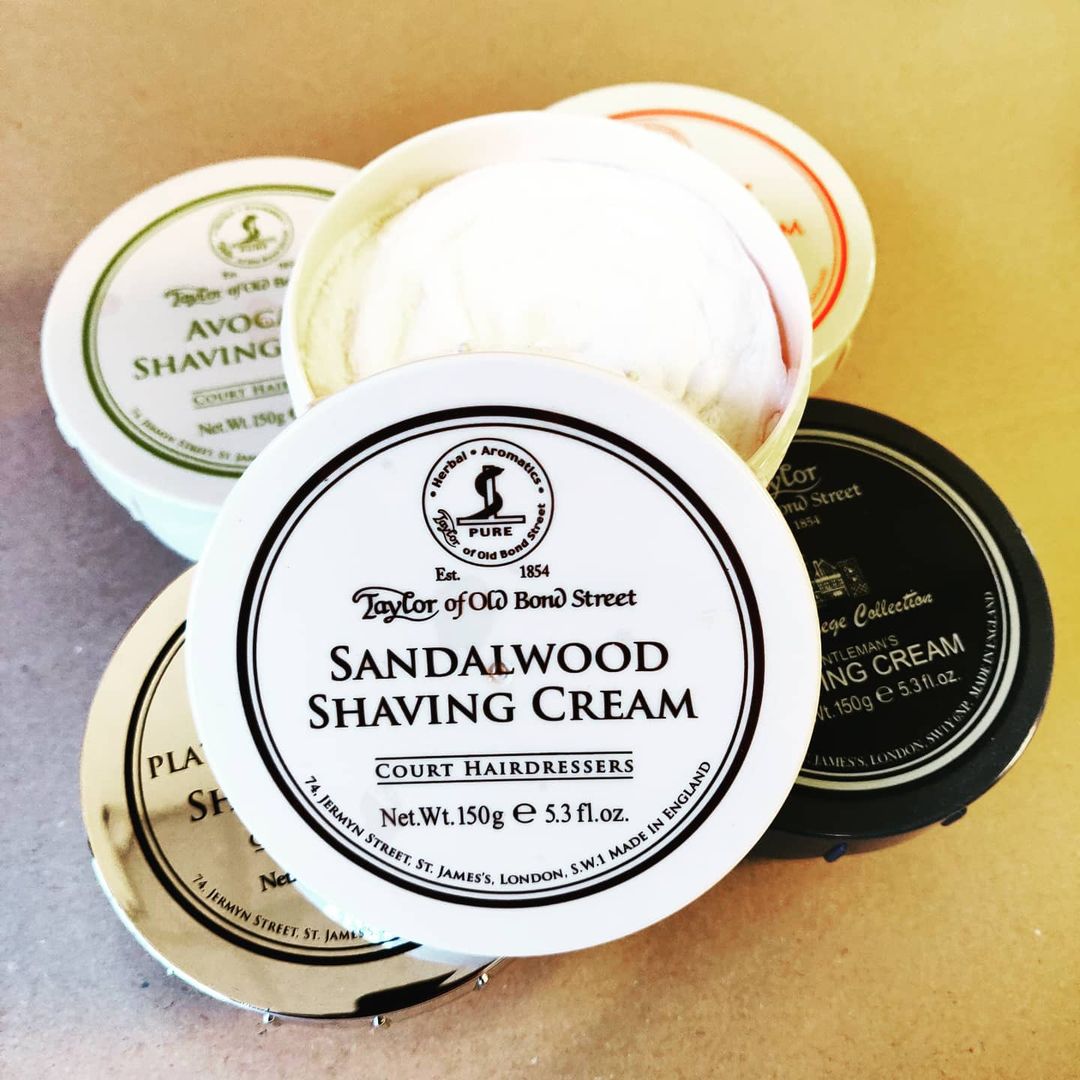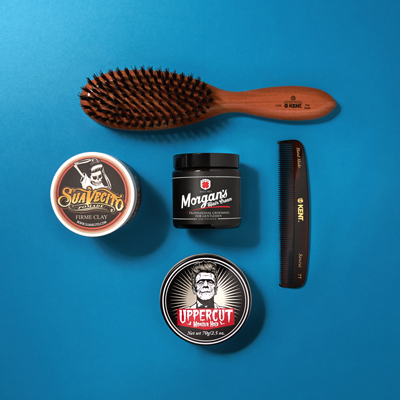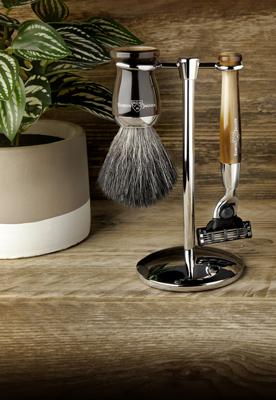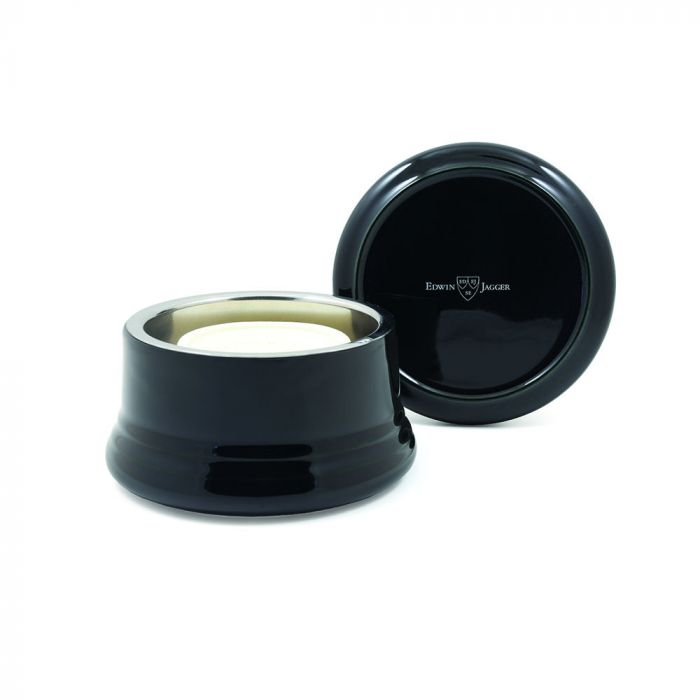Best Safety Razor: Choosing the Safety Razor for You
With the huge range of different razors and blades on the market, choosing the best safety razor can be a difficult task. There are many factors to consider, such as your skin type, coarseness of beard, and available budget. Finding the perfect razor and blade combination will improve the overall quality of your skin care routine, help you get an even closer shave, and minimise post-shave irritation. This guide from The English Shaving Company will help you select the best safety razor for you.

What is a Safety Razor?
There are many varieties of razors, blades, and shaving equipment, all with their pros and cons. A double edge (DE) safety razor and blade is one of the most popular - and traditional - options for an effective and satisfying shave. A safety razor securely holds a single razor blade at an appropriate cutting angle for your beard, with a bar or ‘comb’ of various design - closed comb, open comb, slant - as the protective barrier between the blade and your skin. They usually come in unscrewable three-piece or butterfly mechanism format, and were revolutionary when first invented as they meant men were no longer reliant on professional barbers or straight razors, and could achieve a clean and comfortable shave at home. They're a popular choice now becuase they're more environmentally friendly than a lot of other options. Discover more about reducing plastic waste using a safety razor on our blog.
Razor vs Blade
The razor describes the handle and head of the mechanism while the blade sits inside the razor head. The blade can (and should!) be changed regularly, while the razor itself can last for years. The weight and balance is what gives a safety razor its cutting advantage. Rather than applying pressure, you let the weight of the razor do the work. A sharp blade then cuts the hairs effortlessly.
 Advantages
Advantages
There are other alternatives to safety razors including disposable razors, electric razors, and straight razors. The double edge safety razor has many advantages that means it has remained popular over the years. Disposable razors are convenient, but their blades can often be a little dull and cause irritation. Overall, they produce a lower quality shave. They also have to be thrown away in their entirety, making them less economical in the long-run, and damaging to the environment. Even if the handle is retained and just the cartridge head is replaced, the cost of replacement can often by eye-watering! For some, electric razors can offer less irritation that other options (although many have the opposite problem!), but they don’t give as close a shave as the safety razor. If you’re using a safety razor, there are many ways to prevent or minimise irritation, such as using good quality shaving cream or soap, preparing with a pre-shave, and following with an aftershave. A straight razor can offer as close and effective a shave as a safety razor, however they require a lot more skill to handle safely and to keep the blade sharp. A safety razor, then, has the advantages of quality, cost, and even style. The design of the razor makes it a pleasure to shave with. It gives you greater control over the blade against your skin, creating noticeably smoother results. They are cost effective as the whole razor lasts and replacement blades are inexpensive. Not only that, but due to the modern and sleek designs from the likes of Edwin Jagger or Rockwell, the razors look fantastic displayed in your bathroom!
How to Choose a Safety Razor
There are many varieties of safety razors available with different qualities.
Open and Closed Comb
The comb of your razor describes the style of the bar that separates the blade from your skin. Closed comb limits the blade exposure, while open comb allows a little more. This means that closed comb is usually the less aggressive option. We would recommend a closed comb safety razor to those who are new to wet shaving -- or those with sensitive skin -- as it’s less likely to cause irritation and nicks.
Adjustable Razors
These allow the amount of exposed blade to be adjusted, so you don’t have to stick to a fixed level of aggressiveness in your shave. These are particularly good for men who are experienced in shaving and wish to change their technique on different occasions.
Butterfly
Butterfly safety razors have a specific mechanism that makes it easier to insert the blade into the razor.
Slant
Slant razors are intended to hold the blade at an angle. It cuts stubble and hair at a greater slant, creating a closer shave and cutting more easily. However slant razors tend to be more aggressive and are recommended for more experienced wet shavers.
 The Blade
The Blade
One important factor when using a safety razor is keeping the blade sharp. This ensures that the safety razor performs at the highest level. You’ll want to choose a razor that allows you to change the blades easily. Usually, blades should be changed after somewhere between one and seven shaves, depending on beard type, skin type, and personal preference. There are several different brands of razor blade available including Feather, Derby, and Astra. The English Shaving Company recommend experimenting with different blades to find which one works best for you - unfortunately there is not a one-size-fits-all solution!
Using a Safety Razor
The key to using a safety razor is letting the razor and blade do the hard work:
- Don’t apply too much pressure. Unlike a cartridge razor, the safety razor doesn’t need you to press down much. Simply let the weight of the razor head apply the needed pressure to cut away the stubble.
- Maintain a good angle. About thirty degrees is the perfect angle to get a good shave without nicking your skin. As you go around the contours of your face and jawline, you’ll need to alter your hold on the razor.
- Keep your skin taut. This ensures that the blade will come into contact with all your hairs and will move smoothly over your skin -- minimising irritation.
- Use the triple pass technique. Shave once with the grain of your hair, then across, then against. Sometimes not all three steps are required but this will produce the best results and least irritation.
- Use quality pre-shave, shave, and post-shave products.
To ensure the safety razor will work most effectively, you need to prepare your skin properly. Use a quality shaving cream or soap to create a slick texture. This ensures the blade can move smoothly over your skin, and also provides protective and moisturising properties. An aftershave can help to disinfect any cuts or damaged areas and/or moisturise your face. The English Shaving Company have a fantastic range of safety razors that cover all sorts of styles and requirements.



